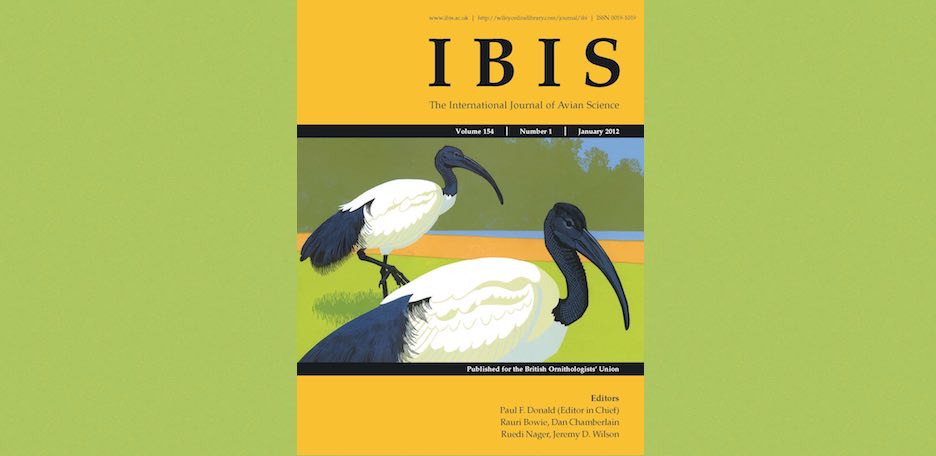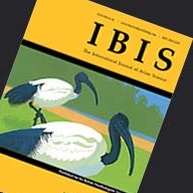VIEW – current issue | VIEW – all issues
July 2019 | Vol. 161, issue 3
The latest issue of our 2019 volume contains a Review paper, 13 Original articles, 4 Short Communications and a Viewpoint article, plus book reviews.
Here are just four of the many highlights in this issue.
Original Article: Bird trade
- Trends and characteristics of imports of live CITES‐listed bird species into Japan
Miquel Vall‐Llosera, Shan Su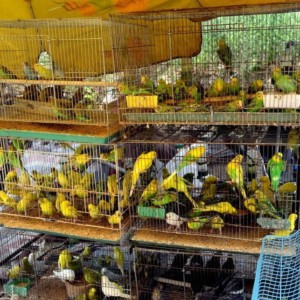 Monitoring the international bird trade is important for preventing the traffic of endangered species. Miquel Vall‐Llosera from Shinshu University, Japan and Shan Su from University College London, UK undertook analysis of almost 2 million live bird import records to Japan, from the CITES Trade Database: 1979 to 2015. Japan is the second largest global importer of birds for the pet industry. Imports peaked in 1999, declined until 2008, before increasing again in recent years. Japan imported 603 bird species, mostly parrots, owls and raptors, from 92 different countries. The majority of imported birds were reported to be captive‐bred and main exporters were Belgium, the Netherlands and Singapore. Vall‐Llosera and Su conclude that most imported bird species to Japan were not of high conservation concern, but that continued research effort is still required in all countries to understand the impacts of the trade on bird conservation.View
Monitoring the international bird trade is important for preventing the traffic of endangered species. Miquel Vall‐Llosera from Shinshu University, Japan and Shan Su from University College London, UK undertook analysis of almost 2 million live bird import records to Japan, from the CITES Trade Database: 1979 to 2015. Japan is the second largest global importer of birds for the pet industry. Imports peaked in 1999, declined until 2008, before increasing again in recent years. Japan imported 603 bird species, mostly parrots, owls and raptors, from 92 different countries. The majority of imported birds were reported to be captive‐bred and main exporters were Belgium, the Netherlands and Singapore. Vall‐Llosera and Su conclude that most imported bird species to Japan were not of high conservation concern, but that continued research effort is still required in all countries to understand the impacts of the trade on bird conservation.View
Original Article : Impacts of invasive species
- The impacts of introduced House Mice on the breeding success of nesting seabirds on Gough Island
Anthony Caravaggi, Richard J. Cuthbert, Peter G. Ryan, John Cooper, Alexander L. Bond Gough Island, a UNESCO World Heritage Site in the South Atlantic Ocean, is one of the World’s most important seabird colonies. Here, invasive House Mice predate eggs and chicks of most seabird species on the island. Anthony Caravaggi from Queen’s University Belfast, UK, with collaborators in Ireland, UK and South Africa, estimated the breeding success and the number of surviving chicks for 10 seabird species on Gough Island, and compared these with analogous species from predator‐free islands. They found that seabirds on Gough Island had low breeding success compared with analogues, losing an estimated 1.7 million eggs/chicks annually. Seven of the 10 focal species on Gough Island had particularly high chick mortality, likely due to intense mouse predation. Below‐ground and winter breeders had lower breeding success than surface‐ and summer‐breeders. Caravaggi and his collaborators strongly conclude that MacGillivray’s Prion, Atlantic Petrel and Tristan Albatross are likely to be driven to extinction if invasive mice are not removed.View
Gough Island, a UNESCO World Heritage Site in the South Atlantic Ocean, is one of the World’s most important seabird colonies. Here, invasive House Mice predate eggs and chicks of most seabird species on the island. Anthony Caravaggi from Queen’s University Belfast, UK, with collaborators in Ireland, UK and South Africa, estimated the breeding success and the number of surviving chicks for 10 seabird species on Gough Island, and compared these with analogous species from predator‐free islands. They found that seabirds on Gough Island had low breeding success compared with analogues, losing an estimated 1.7 million eggs/chicks annually. Seven of the 10 focal species on Gough Island had particularly high chick mortality, likely due to intense mouse predation. Below‐ground and winter breeders had lower breeding success than surface‐ and summer‐breeders. Caravaggi and his collaborators strongly conclude that MacGillivray’s Prion, Atlantic Petrel and Tristan Albatross are likely to be driven to extinction if invasive mice are not removed.View
Short communication: Oology
- Quantifying the maculation of avian eggs using eggshell geometry
Thomas W. Pike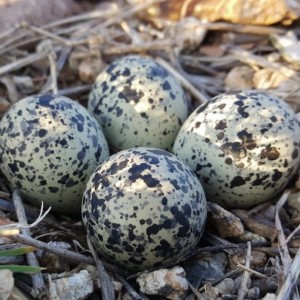 Variation in the pattern of superficial pigmentation of eggs, otherwise known as maculation has fascinated ornithologists for centuries. However, why such a diversity of patterns has evolved is still not fully understood. Thomas Pike from University of Lincoln, UK, believes that we require techniques to quantify eggshell maculation, if we wish to uncover the functional significance of pigmentation of eggs. Pike therefore developed new methods based on egg geometry to characterize eggshell maculation patterns more accurately, and successfully demonstrated its effectiveness at visualizing eggshell maculation using standard photographs. These detailed methods are likely to be used in many future studies aimed at better understanding eggshell maculation in birds.View
Variation in the pattern of superficial pigmentation of eggs, otherwise known as maculation has fascinated ornithologists for centuries. However, why such a diversity of patterns has evolved is still not fully understood. Thomas Pike from University of Lincoln, UK, believes that we require techniques to quantify eggshell maculation, if we wish to uncover the functional significance of pigmentation of eggs. Pike therefore developed new methods based on egg geometry to characterize eggshell maculation patterns more accurately, and successfully demonstrated its effectiveness at visualizing eggshell maculation using standard photographs. These detailed methods are likely to be used in many future studies aimed at better understanding eggshell maculation in birds.View
Viewpoint: Breeding biology
- Nest‐site provisioning re‐shapes species interactions within bird assemblages
Teresa Catry, Inês Catry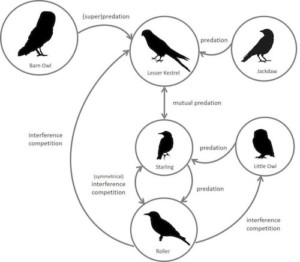 Artificial nest provision is a conservation tool used in the management of many cavity‐nesting birds. In this Viewpoint article, Teresa Catry and Inês Catry from the Universities of Lisbon and Porto, Portugal, and East Anglia, UK, question how much we know about the impacts of nest provisioning on the structure and functioning of bird communities. Based on their case study of the re-establishment of the Lesser Kestrel in Portugal, where up to 850 nest-sites were provided over 4 years, they discuss how this provision has impacted other species choosing to breed in these nests. Catry & Catry highlight the potential of nest-provisioning in re-shaping the structure of bird assemblages and in enhancing agonistic interactions among species. They conclude that data is still lacking to fully quantify the consequences of new nesting landscapes on the demography and survival of target and non-target species, but this should be taken into account when evaluating the long-term effectiveness of nest-provisioning.View
Artificial nest provision is a conservation tool used in the management of many cavity‐nesting birds. In this Viewpoint article, Teresa Catry and Inês Catry from the Universities of Lisbon and Porto, Portugal, and East Anglia, UK, question how much we know about the impacts of nest provisioning on the structure and functioning of bird communities. Based on their case study of the re-establishment of the Lesser Kestrel in Portugal, where up to 850 nest-sites were provided over 4 years, they discuss how this provision has impacted other species choosing to breed in these nests. Catry & Catry highlight the potential of nest-provisioning in re-shaping the structure of bird assemblages and in enhancing agonistic interactions among species. They conclude that data is still lacking to fully quantify the consequences of new nesting landscapes on the demography and survival of target and non-target species, but this should be taken into account when evaluating the long-term effectiveness of nest-provisioning.View
Other items
The Janet Kear Union Medal awarded to Mike G. Wilson
Book reviews
Contents
Sign up for content e-alerts
Image credits from top:
Caged birds | Peter Griffin | CC0 PD | publicdomainpibtures.net
Mice eating seabird chick | © Peter G. Ryan
Birds eggs | CC0 PD picryl.com
Graphic | © Teresa Catry, Inês Catry


